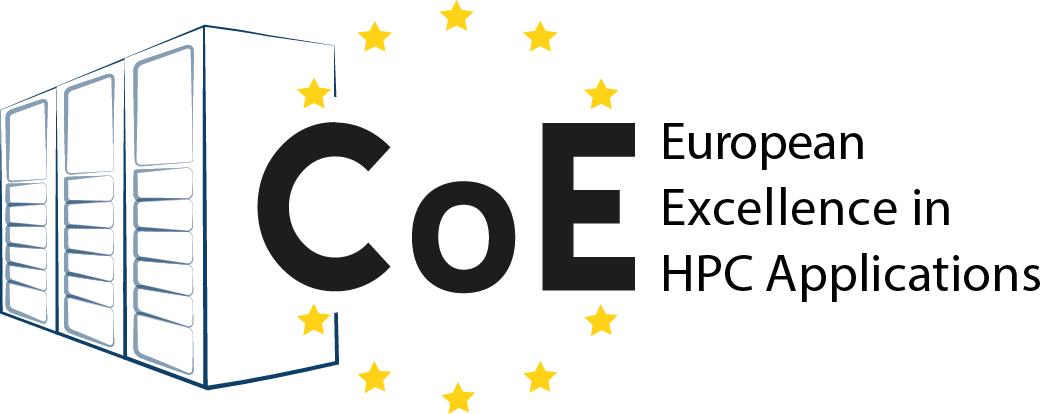Detailed chemistry DNS calculation of turbulent hydrogen and hydrogen-blends combustion
Short description
A block of actions to decarbonize the EU is the use of low carbon content fuels, comprising natural gas and hydrogen blends. Regarding natural gas, its low carbon content leads to relatively low CO2 emissions while its higher resistance to knock compared to gasoline allows to achieve higher compression ratios and hence higher efficiencies. In spite of these benefits, such resilience may provoke a non-stable operation of the engine that can be avoided by the addition of hydrogen which expands the flammability region. The effects of hydrogen addition consist of the increase of the laminar flame speed and the induction of preferential diffusion which can result in thermo-diffusive instabilities. Although some works have analysed these phenomena, more effort has to be devoted. Finally, hydrogen blends and syngas, fuels with high hydrogen content (HHC), are other alternatives to reduce green house gas emissions that will also be investigated. Analogously, to natural gas blend with hydrogen, HHC fuels show thermo-diffusive instabilities which may lead to an unstable combustion process. Although some works have addressed these issues, there is still a lack of knowledge to be covered. In this context, LES and DNS come up as powerful techniques set in the context of HPC that can shed light in many open questions.
Objectives
The use case focusses on the study of thermo-diffusive instabilities in turbulent lean hydrogen flames and its effects on burning velocities, unstable combustion and noise. The effect of preferential diffusion will also be investigated due to its influence on equivalence ratio fluctuations and eventually on the local burning velocity. This work will be extended to syngas and high hydrogen content (HHC) fuels.


